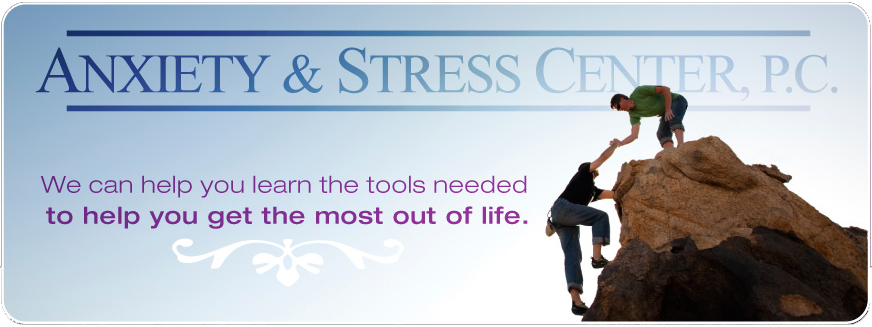Usually in our lives, we want to do fun and interesting
things and feel motivated to do so. When the time is right and we feel like it,
we jump in and engage in all sorts of activities. We usually choose those
activities that we have enjoyed in the past or those activities others close to
us enjoy. Sometimes, we stretch to try
new things that we think we might enjoy and sometimes those activities get
added to our repertoire.
When we have depression, however, our interest in our usual
activities dims and we certainly don’t feel like trying new things. With
depression, most activities seem way too intense, difficult or just
uninteresting. It is such an effort to meet the minimal demands of work and
family that exerting oneself any further seems ridiculous if not impossible.
Unfortunately, the more we avoid fun or social activities,
the more depressed and anxious we feel and the less we feel like doing them. If
we wait until we feel like doing something, the wait may be very long indeed
since someone suffering from depression rarely, if ever, feels like engaging in
activities. One of the hardest parts of recovering from depression is making
yourself do things you don’t really want to do. It is, however, the most
reliable way to start feeling better.
One of the most effective treatments for depression is
called behavioral activation. Because thoughts, feelings and actions all affect
each other, engaging in positive and healthy behaviors helps us feel better and
think more positively. While practicing thinking more positively can also
affect feelings and behavior, it is easier and perhaps more effective to begin
with actions.
The first actions to take may be very simple. Just getting
out of bed and getting dressed on a weekend day is significant for most
depressed people. Completing a household job, like taking out the garbage or
sorting through the day’s mail, can help -- if we focus on what got done rather
than what is left to do. Going out to run an errand that could have been put
off, pulling weeds for five minutes in the yard or cooking a simple meal may
not seem enjoyable but those actions can all serve to get us going again and
feeling a little better. Going to see a movie in a theatre is a good choice
because it involves getting out of the house and offers the possibility of
focusing attention on something outside oneself for a while. Similarly, talking
with a loved one about something other than how you’re feeling can help.
Exercise is as effective as medication in reversing
depression and anxiety. Going for a ten- minute walk, outside or on the
treadmill, might be a good step. Let yourself stop after the ten minutes if you
want – or keep going if you want, but not for too long. You don’t want
to overdo it and then avoid going again because it seems like too much effort.
Allow yourself to stop after you meet your goal. And then do it again tomorrow.
Exercise is most effective for those who are the most depressed and inactive
and it doesn’t take much to make a difference.
With all of these activities, the improvements will be
modest at first. You will not suddenly feel completely well. The key is to keep
making yourself do more, even when you don’t feel like it and then to notice
even minimal improvements in how you feel. Working with a therapist to make
more complex goals, ones that reflect your values in life, may also help. Once
you start, it becomes easier (not easy but somewhat better) to keep getting
more active. If you allow yourself to do things even though you don’t feel like
it, eventually you will begin to enjoy what you’re doing again.
Submitted by Nancy R. Soro, Ph.D., Licensed Clinical Psychologist
